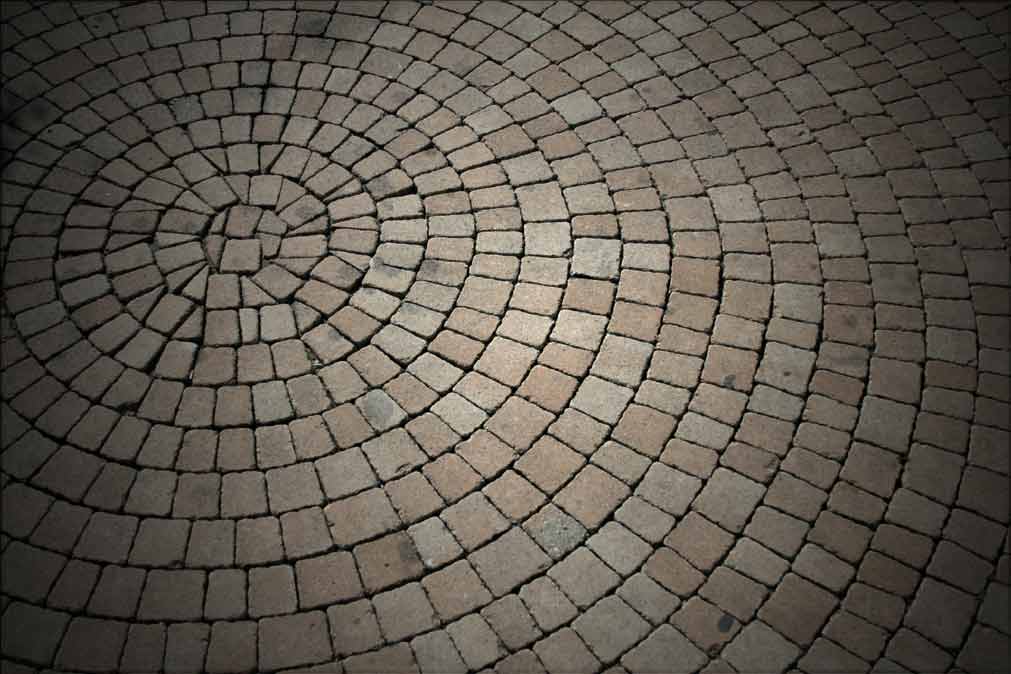1.23.2012
Sake is not rice wine and no longer made by virgins!
Posted in News
by Tammi Ramsey
Good Morning!
After receiving an email asking me if I preferred Sake (I know there is supposed to be a ‘ over the e on Sake, but I have no idea how to make that happen) or what wine do I enjoy when eating sushi? I have enjoyed many great Sake’s and I like how clean and crisp they taste with the great flavors of sushi. I have to say, Sake hits me hard, for some reason the alcohol really pumps through me. Sake makes me hammered, so I normally go with a Sauvignon Blanc. I know many people like the warm Sake, but I only order Sake once in awhile.
I did a little research on Sake and found out some really interesting history and facts. Sushi is not rice wine or even a beer, the fermentation process and ingredients are different so it falls into it’s own catagory of fermented beverages. It is said to originate from China and made it’s way to Japan. Regular rice is not used to make Sake, it is a different type of rice. 1000’s of years ago it was referred to as kuchikami no sake, which means “mouth chewed sake”….YUCK??? This was the term because very young girls would harvest the rice and they would bite and chew the rice then spit it out into a communal vat. It was believed these girls were all virgins and they were pure and them biting into the grain of rice would expose the inside of the rice and then the fermentation would start with their saliva…YIKES!
Well, it’s not done like that anymore…I am personally glad about that and I am sure you are as well. So the reason why it was done that way was to start fermentation yeast must be able to get to the “sugar source” of anything to start the fermentation and the outer layer of the rice grains would not let the yeast get inside. SO to make Sake, you need water, rice, yeast and koji, koji is a mold that will break starches into sugars (replacing the saliva).
OK, so that disturbing part is over…there are 4 classifications of “Special Designation Sake”
Daiginjo – This is the highest quality classification and the really important thing to remember is that the rice is milled down by over one half to expose the inside of the grain of rice so the fermentation can take place more easily and it will taste quite pure.Sometimes distilled spirits are added to this Sake to boost the alcohol.
Ginjo – This is a close second in quality to the Daiginjo the rice is milled down by 40% and it is made without adding of distilled spirits.
Junmai – No distilled alcohol is added to this Sake and the rice must be milled by 30%.
Honjozo – This Sake added small amounts of distilled alcohol added before pressing to help extract more flavor from the rice solids.
These 4 Sake’s are the highest quality…watch for these names when you are in the hunt for excellent Sake.
There are 4 styles of Sake
Namazake – Unpasteurized sake that requires refrigeration.
Nigori – Unfiltered or cloudy sake, after fermentation it is not pressed but it is passed through a filter/mess screen and it lets the rice particles to pass through.
Genshu – Undiluted Sake that has no water added before bottling to dilute alcohol content. These Sake’s will often be 18% abv or higher.
Koshu – Sake that is aged for extended periods. This will develop cmplex and rich flavors and might take on a darker color.
I have been told that in the United States, Oregon is really starting to make some top quality Sake, it is very fresh and delicious!
I do enjoy Sake, I don’t drink it as often as I should, but I plan on going out and finding these Sake’s and doing some tasting!
Happy Monday!
Much LOVE and wine,
Tammi






One Response to "Sake is not rice wine and no longer made by virgins!"